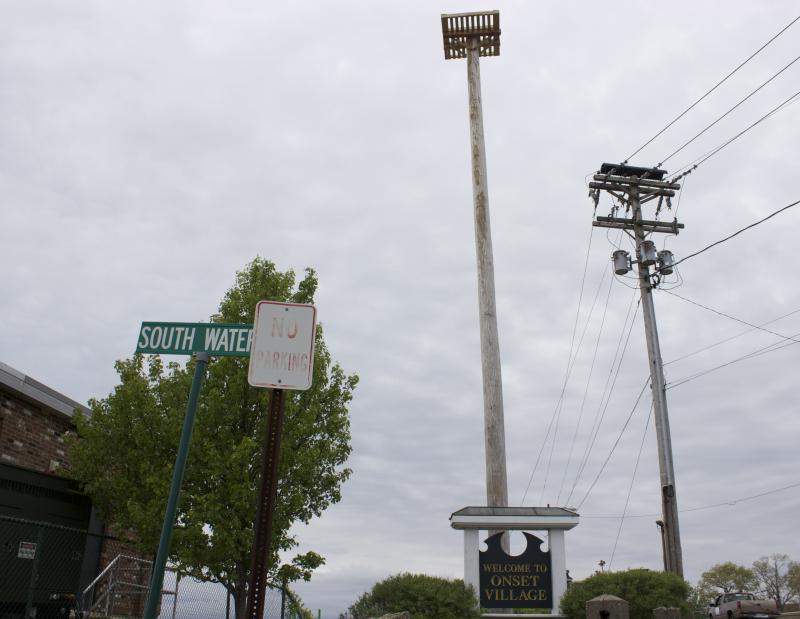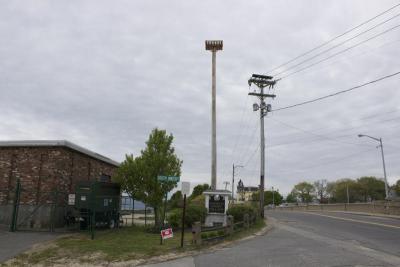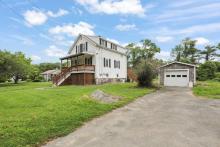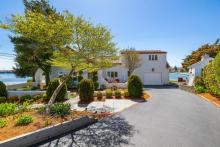Ospreys finally get a new home in Onset
Better late than never when it comes to saving ospreys.
Almost a year after NStar removed an empty osprey nest atop a utility pole on Stone Bridge and a company spokeswoman promised it would build a new nesting platform, there is finally a new pole and platform for the ospreys in Onset.
"We worked with the town to try a location in the hopes the birds will use that to build their nest," said NStar spokesman Michael Durand.
Earlier this week an NStar crew erected a pole near Stone Bridge on the corner of South Water Street, next to the sewer-pumping station. The pole is on the opposite side of the bridge from where a family of ospreys nested last spring.
Last July, after removing the empty Osprey nests from their dangerous place atop a live utility pole on the bridge, NSTAR spokeswoman Priscilla Ress said the company would be building platforms where the ospreys could make their new homes this spring.
“When the ospreys return, there’s going to be a prevention device [on the utility pole] and, on the platform, there’s going to be a partially built nest,” Ress said.
But when the Ospreys returned this spring there was no platform. They continually tried and failed to build a nest atop the pole where NStar had placed a protective cover.
Last month, Durand said that Ress must have been misunderstood and that these situations are dealt with on a case by case basis. He said an NStar crew would go out to the location and see if anything could be done.
After taking a closer look, receiving calls from the town and hearing feedback from residents, NStar was contacted by Mary Healy in the Wareham Municipal Maintenance department about putting up a pole.
"All I did was place a call and they were very helpful," said Healy, who said she has a contact at NStar.
Durand said the town determined the location for the new pole and provided the nesting platform, while NStar provided and erected the pole.
According to Durand, the job took one utility crew about an hour-and-a-half to complete.
"When the birds nest, the preference of the state is to let nature take its course. But when the birds put themselves in danger or could potentially cause outages we try to dissuade them from building on a pole," Durand said.
"We then consider, but don't always, install a pole and platform," he said. "There are just too many of them, it's physically impossible."
While it is likely too late in the season for any osprey to build a nest on the platform, it is hoped the platform is utilized by a young family of ospreys next spring.
"We have an obligation to protect the birds," Durand said. "It's something we've done for 30 years and because of us the population is soaring."















